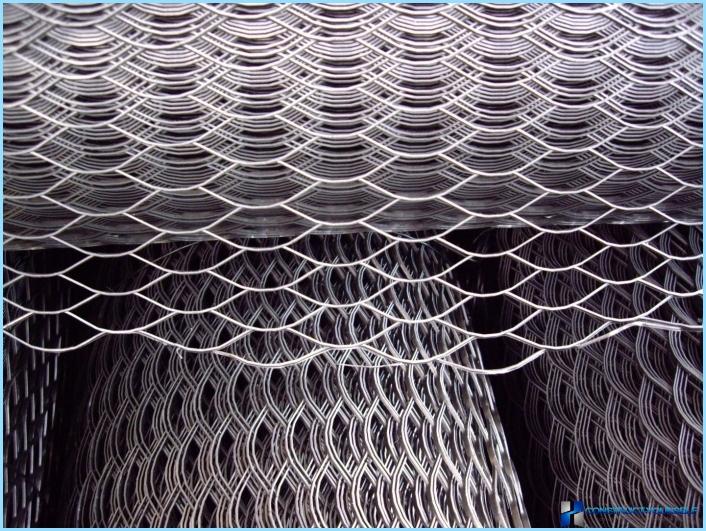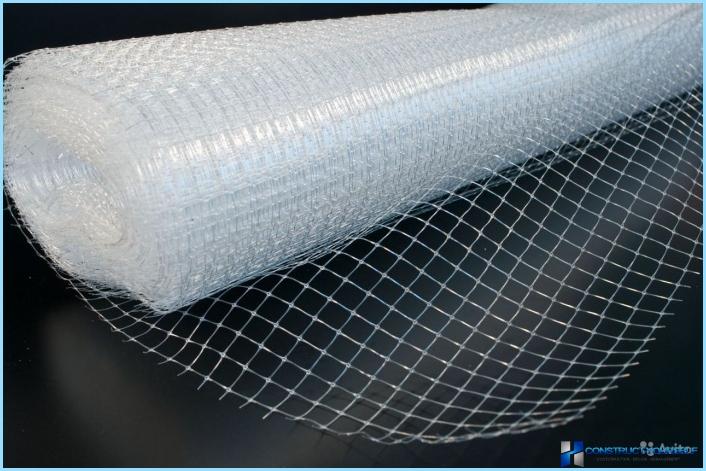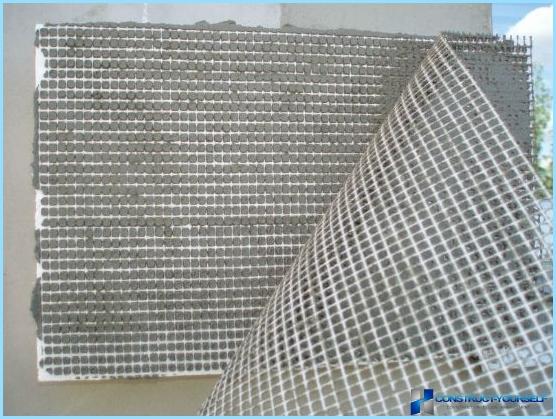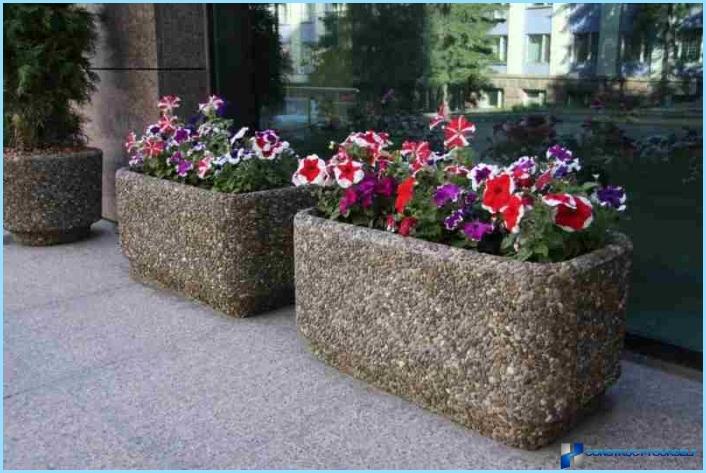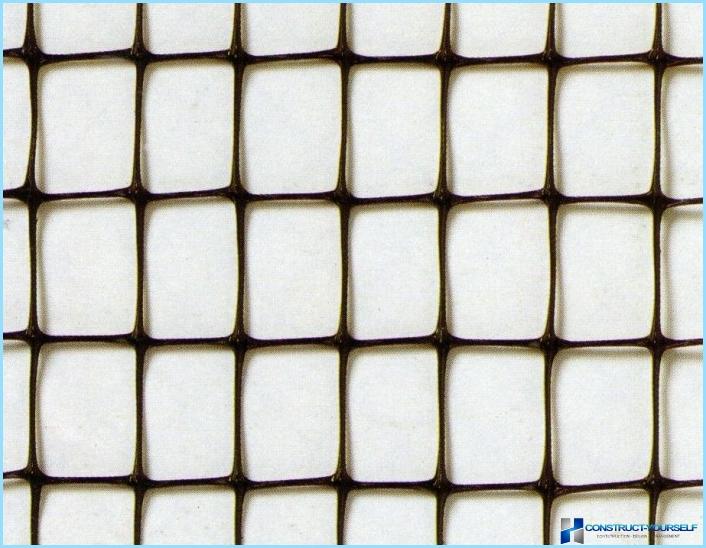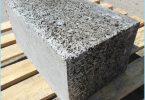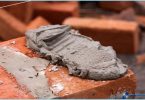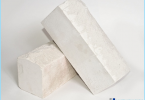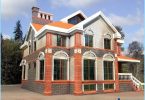The contents
Often the plaster on the wall material is fixed on the surface, therefore it is necessary to use a reinforcing mesh. It allows not only to fix the solution, but also make the surface more smooth.
Classification grids ↑
In DIY stores you can find a large variety of meshes designed specifically for plaster. Normally during repairs, use the following mesh types:
- Plastic. It is the most durable and consists of polymers and standard width and length of one cell is 5 mm. Plastic wire mesh is commonly used when applying thin layers of plaster, as this material is designed for small loads.
- Universal small. The cell size is 6 mm. It is used when creating a thin layer of plaster.
- Generic medium mesh. The size of the universal grid average is 13 to 15 mm. These products are also created from polyurethane and can be used for interior and exterior use.
- Universal large grid designed to cover walls with a large surface area. The size of the cells is equal to 22 mm in width and 35 m in length.
Also these products are separated and the material from which they are made. Often used fiber glass products. Their peculiarity is that they are not exposed to moisture and chemicals. While fiberglass products can withstand heavy loads.
Steel products are also durable, but they are destroyed under the action of moisture, which is why they are not used for external works. But the market of building materials, you can find a steel model with galvanization. They are able to resist moisture and therefore are applied to furnish of facades of houses.
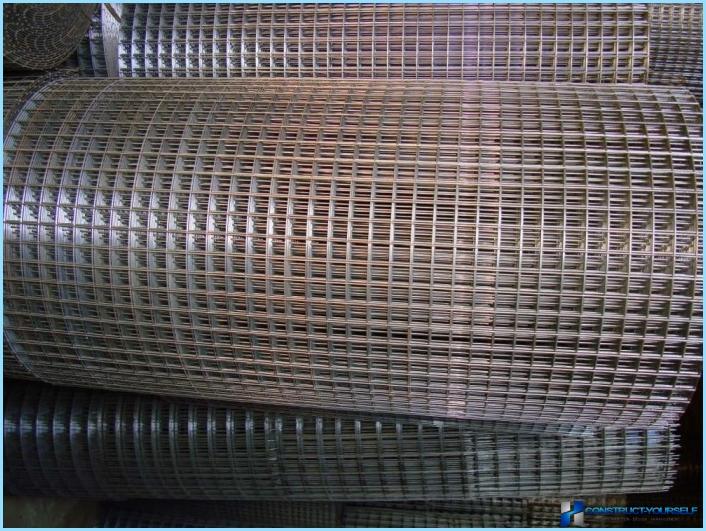
It is worth noting that the best option are the plastic products. they are light and not weight of the wall. This is important in the case when the apartment has plasterboard partitions.
Features metal mesh ↑
Almost every metal mesh is created from galvanized or stainless steel wire and can be used not only indoors. Also the grid can be made of sheet metal.
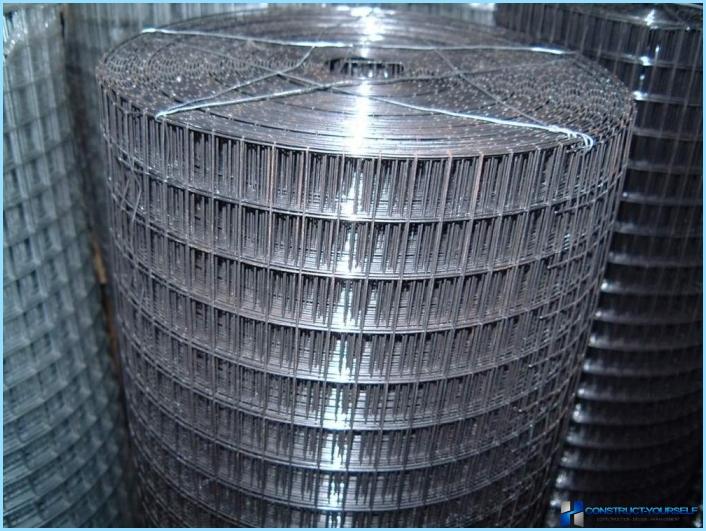
Metal mesh is created using wire, whose thickness may be from 0.5 to 2 mm. According to the method of production distinguish the following types of products:
- braided mesh;
- netting;
- welded.
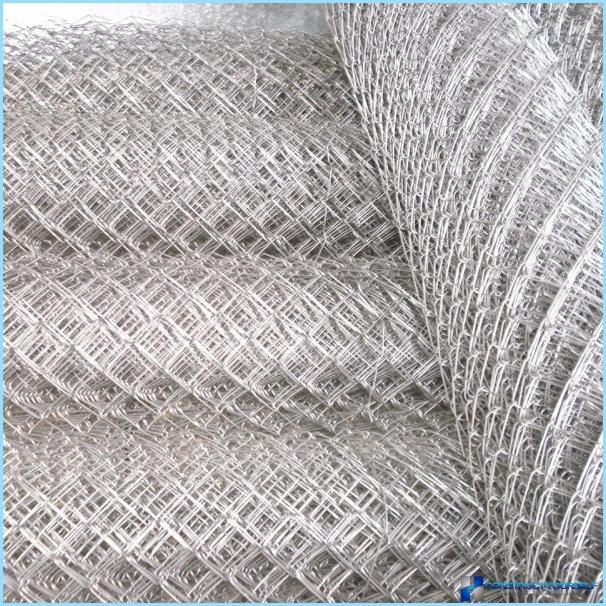
Metal mesh is used in cases when the thickness of the mortar exceeds 3 mm. the Cost of these products depends on the thickness of the wire, and the size of the cell.
The types of metal grids ↑
Metal mesh can be about 4 types, which mainly differ in the method of manufacture. They are often used for alignment of the walls, as they are able to withstand a large layer of plaster.
Feature of woven metal mesh is its flexibility. The design is created in such a way that, despite the rigidity of the material, all the product as a whole can change its shape. They can be used by even people who never were engaged in repair of apartments. The cell size is usually 10 by 10 mm, and the material is galvanized.
If you need to strengthen the facade, used netting. The size of cells is 2 cm, so it is used for plastering a large area. If the apartment walls are a large area, it is worth to use such products.
Welded wire mesh consists of pieces of wire that are perpendicular connected to each other by welding. This method of connection of the elements allows to obtain a robust design. Such products are either polymers or are galvanized. Such mesh is often used in the creation of homes on the moving ground, as they can withstand heavy loads. The standard cell size is 2 by 3 cm.
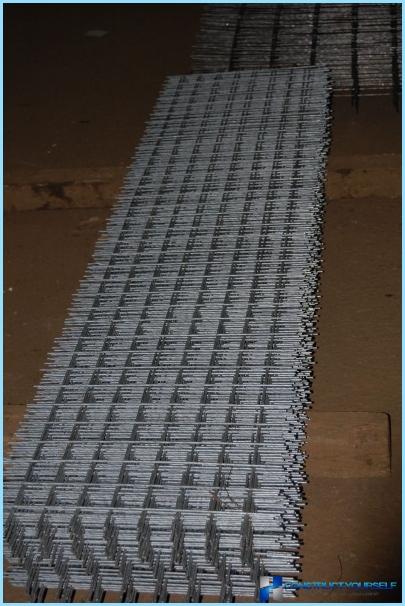
There are expanded product, they have a complex structure and are applied when using small amounts of plaster. The production is as follows:
- first, the sheet metal is breaching of identical holes arranged in a staggered manner;
- this is followed by stretching the resulting product.
The result is a product that is created from a single metal sheet. The advantage of these products is that they are durable and do not disintegrate over time, as they have connections.
Another type of such goods, is the reinforcing mesh. Usually it is metal with a zinc coating. The choice of a particular variant to a greater extent depends on the conditions in which mesh will be used. If the wall may cause condensation, or moisture, is acquired reinforcing mesh galvanised.
Features fiberglass mesh ↑
In the manufacture of nets used fiberglass filaments. They are quite durable and resistant to moisture and to temperature change. In the manufacturing process heats the glass to a liquid state. After which it is passed through a small hole. As a result, the obtained strands, which are then infused into the fiberglass. To ensure that the material was elastic and durable, it is impregnated with a special compound. In DIY stores you can find items with cells of got 2 and a half dollars 4 mm.
For interior work it is best to choose a grid with fewer cells. Products medium density universal and can be used for finishing of different surfaces. The advantages of fiberglass material are:
- Elasticity. Due to this, on the surface of the mortar cracks after shrinkage and drying.
- Resistance to tearing and tensile strength.
- Nonsusceptibility to factors such as temperature and moisture. Because of this mesh can be used in any conditions.
- The ability to use a grid on the uneven surface.
- The lack of interference of PI receiving and transmitting radio signal. If you are using metal products, they may interfere with the reception of TV signals to phones.
- Resistance to low temperature.
- Fire safety.
- Resistance to alkalis.
- Security. Since the material does not conduct electricity, under the plaster can be clipped electrical wire.
Plastic mesh ↑
The plastic mesh is created from polymers and its characteristics like a fiberglass. But such products have a larger lumen and are suitable for interior decoration. The main advantage of such products is that they are light when compared with other products.
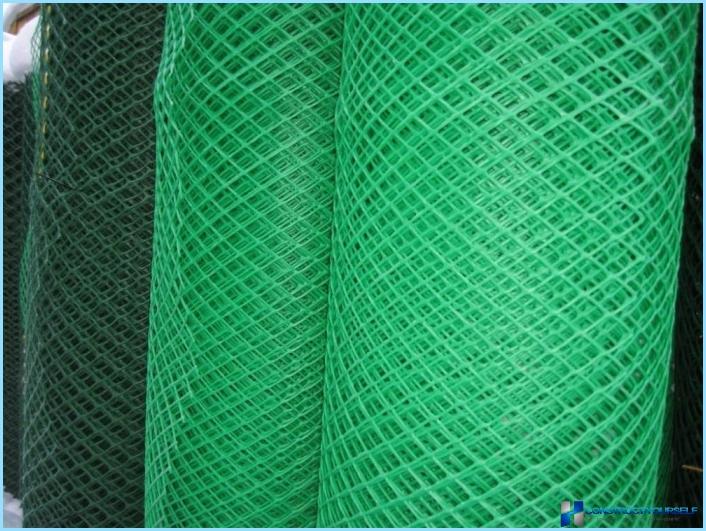
The advantages of the plaster of this material are that it:
- not affected by moisture;
- resistant to aggressive substances;
- not wolveriene rot.
Features choice ↑
In order to choose the right mesh for stucco, you should consider the following conditions:
- the climate;
- the surface material is where you will be attaching the product;
- the thickness of the applied solution.
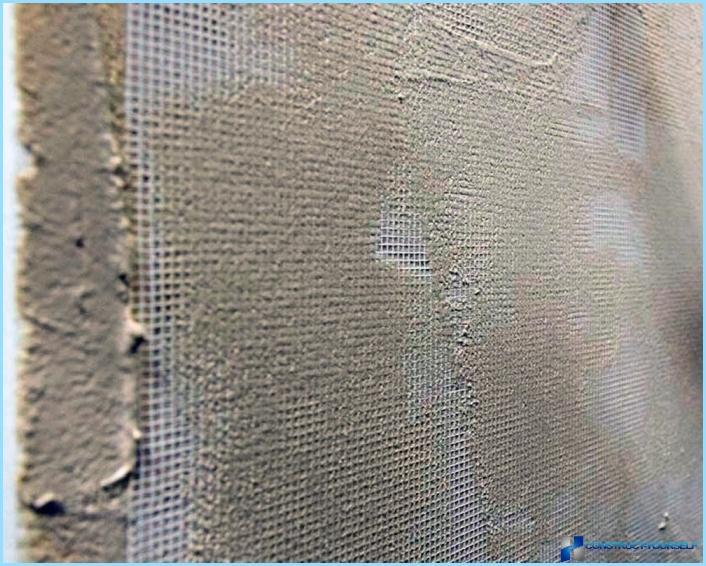
Many of those who are going to repair, get a metal mesh. This is due to the fact that they provide strong adhesion of plaster to the surface preventing it from falling off when mounted on the ceiling. Such products should be chosen if you are using plaster of clay.
Metal mesh is often used for exterior finishing of buildings. This is to protect the wall surface from mechanical damage. But it is worth remembering that the use of this kind of grids is justified only in the case where the thickness of the applied layer of the solution is greater than 3, see If this figure is lower, you should purchase an easier and cheaper option. For example, many people purchase fiberglass mesh.
Plastic products are universal, as are moisture resistant and can withstand heavy loads. Having considered in detail all of the types and assessing their functionality, it is possible to choose the right product that suitable for repair of the walls in your apartment.
Not to be mistaken, it is enough to choose the most popular models. Which have an average cell size. They are suitable for many types of walls, so after purchase you can not worry about the fact that the choice made is wrong.

